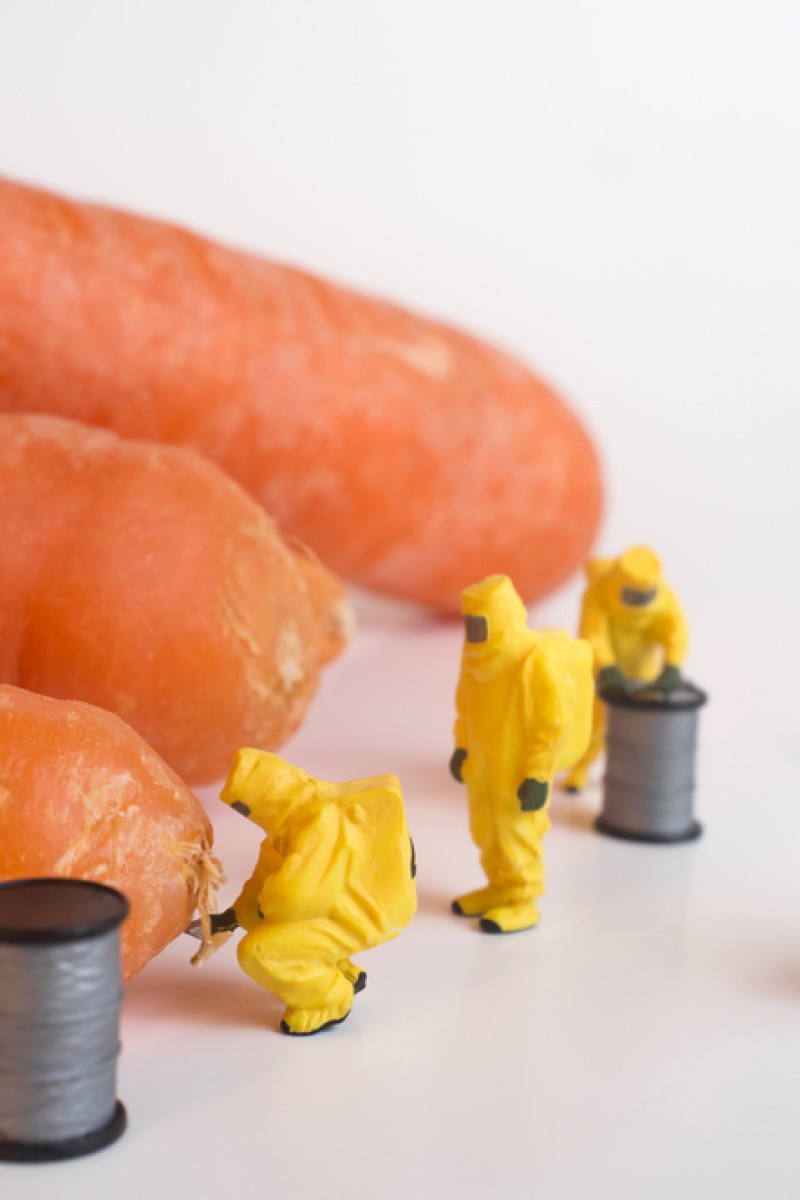
How to prepare and cook food safely...so you don't accidentally food poison yourself!
From checking use-by dates to properly reheating leftovers, these tips will keep food poisoning at bay

We all know the importance of washing our hands frequently; it’s our primary defence against harmful bacteria and viruses that make us ill. Yet even with clean hands, we can fall prey to a bout of nasty food poisoning. Play it safe by following these basic kitchen tips.
Fridge know-hows
Keep your fridge below 5 degrees Celsius to slow down the growth of harmful germs. Don’t overfill it; cool air needs to circulate for foods to stay fresh.
What to store in your fridge:
Perishable items with a “use by” label, such as milk, dairy products, meats, poultry, fish, seafood, eggs and chilled ready-to-eat foods or meals.
Keep raw food, especially meat, away from cooked food; store them in sealed containers on the bottom shelf of the fridge to avoid them touching or dripping onto any ready-to-eat food such as salad, fruit or bread.
Leftovers should be cooled, covered and refrigerated within two hours, or one in hot weather. Eat them within two days. Cooked rice should be eaten within one day.
Clean and check
Daily: Wipe spills and sticky areas.
Every few days: Check “use by” dates on food and check for anything that’s spoiled in the fruit and vegetable drawer. Wipe as needed.
Weekly: Wipe your fridge door and handle.
Monthly: Clean shelves, door shelves, drawers, edges and seal of the fridge. Wipe the inside with a solution that is equal parts water and vinegar. Wash drawers and shelves with warm soapy water, then rinse and dry thoroughly.
Keep an open container of bicarbonate of soda to eliminate odours.
Throw out foods that are past their “use by” dates, even if they look and smell fine. In general, raw poultry and meats should be discarded after one or two days. “Best before” dates, on the other hand, are more of a rough guide.
Freezer tips
Wrap and freeze any raw meats, poultry, fish or seafood before their “use by” dates. Label with a date and use within six months.
Don’t re-freeze any uncooked foods that have already been defrosted. However, you can freeze frozen foods that have been cooked and cooled down, but only once.
Dairy foods, baked goods and certain types of fruit such as peeled bananas, mango and berries can all be frozen, but their texture may be affected by the process.
Food prep essentials
To avoid spreading bacteria around the kitchen, don’t wash raw meats before cooking. Just wipe them clean with paper towels. Wash fruits, vegetables and salad leaves before eating.
Use different coloured plastic chopping boards for raw and cooked foods. Plastic boards are preferable to wooden ones, especially for raw foods since bacteria can grow in the cracks of a wooden board.
Cooking and re-heating basics
Cook food thoroughly before eating. If you pierce the thickest part of any poultry, pork, sausages or burgers, there shouldn’t be any red or pink meat or juices.
Defrost foods in the fridge overnight before cooking or reheating. Use them within 24 hours of defrosting.
Reheat foods only once; make sure any food you reheat reaches an internal temperature of 70 degrees Celsius for two minutes and is piping hot throughout.
Cleaning hacks
Scrub chopping boards with hot water and washing up liquid, then rinse thoroughly. Leave to air dry and store upright. Remove smells every so often by rubbing the surface with a little salt and half a lemon. Rinse and dry as normal.
Clean kitchen surfaces with a solution of water and vinegar.
Zap sponges and scrubbers (not metal or steel ones) in the microwave for two minutes to kill germs. Replace them every month.
Forget zero-second rule
Last but not least, FORGET the “five-second food rule”. Anything that has been dropped on the floor at home or on the street should be binned – it isn’t safe to eat.